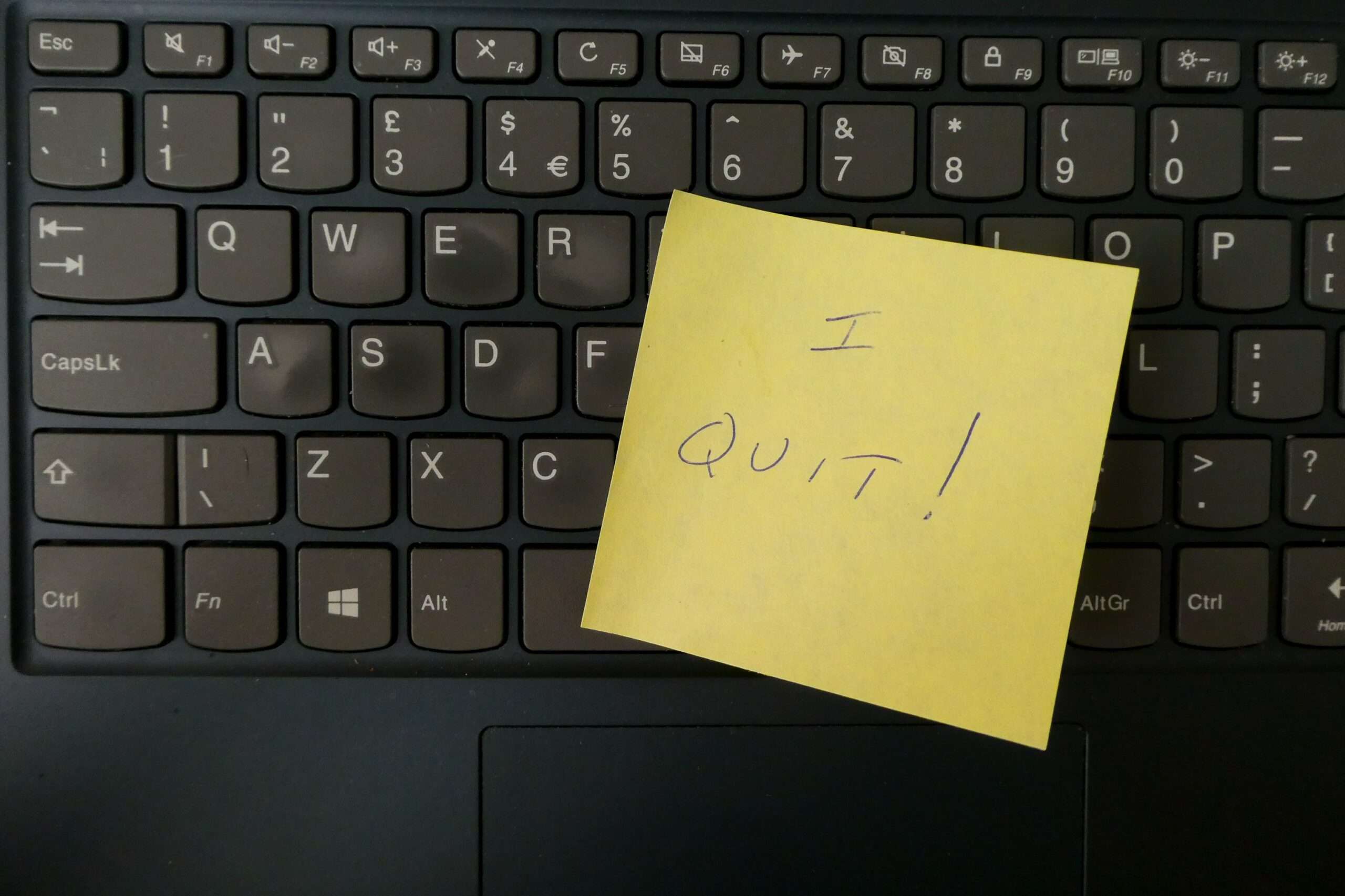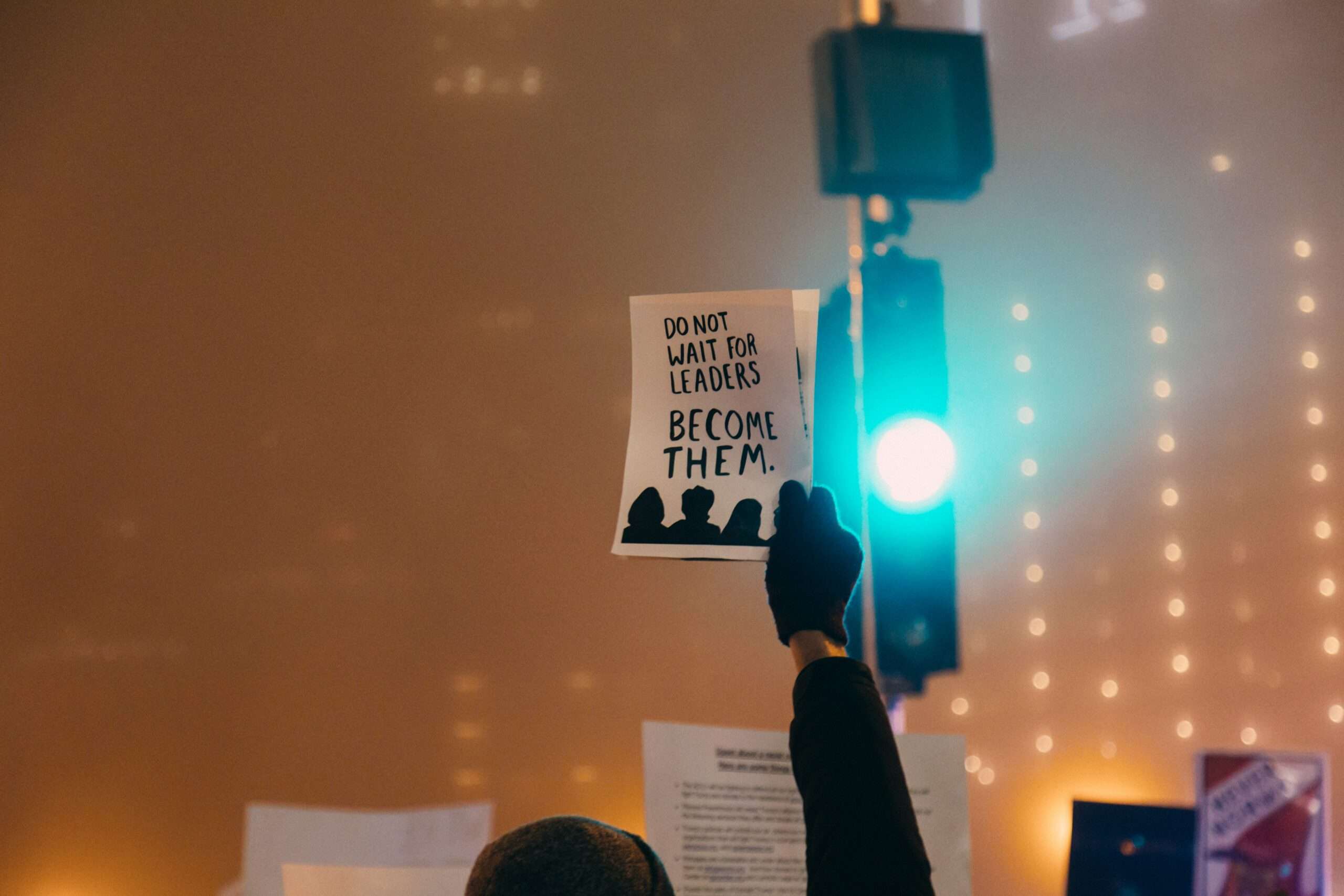“At the beginning of the [sustainability] journey, if the CEO is not the engine of this, it cannot work. The CEO must be the ultimate force behind this. But then, as time goes on and the topic is established, the group that is involved and supporting it is just as important as the CEO.”
That’s the view of Francesco Starace, CEO and General Manager of Italian energy company Enel. Starace is one of 55 sustainable leaders we interviewed as part of a research collaboration with the United National Global Compact that looked at how corporate leaders can move the world towards the UN Sustainable Development Goals.
The pioneering leaders we studied are, without exception, at the top of their industries. Their experience and commercial and leadership acumen are substantial. But it’s their success beyond traditional business measures that provides valuable lessons. They’ve not simply advocated for sustainability—they’ve innovated and pushed real change within their organizations and beyond.
So, how have these sustainability pioneers managed to succeed where others haven’t? Our research found they combine a sustainable mindset with four capabilities—a combination that’s enabled them to drive transformation within and beyond their organization’s walls.
A Sustainable Mindset
Sustainable leaders recognize their companies don’t exist in a vacuum. They know there’s an intrinsic link between business, society, and the environment—and that long-term success relies on delivering across all three areas.
This mindset lets transformational leaders put sustainability on the right foundations for success while unlocking new value.
To nurture such a mindset, you should always ask how a decision will help move your organization towards its sustainability goals. Align all aspects of running your organization with the core belief in the link between business, society, and the environment.
“The leaders that are actively engaged in [sustainability], they are inspiring. You need to have a vision and conviction about the subject. If you are not convinced, lack authenticity, or try to please others for good publicity, it can’t work.”
Patrick Chalhoub, CEO, Chalhoub Group
Multi-Level Systems Thinking
Sustainable leaders are naturally curious. They go beyond a deep understanding of their organization and consider how it interacts with the surrounding societal and environmental systems. Critically, they make sense of this complex landscape to turn sustainability into a competitive advantage.
By recognizing the interconnectivity of their business’s ecosystem, these leaders effectively manage risk and spot long-term growth opportunities to deliver sustainable and commercial results.
To achieve similar results, you need to be extremely ambitious and results orientated. Recognize no single company or industry can solve the systemic challenges the world faces today and drive collaboration with other businesses, civil society organizations, academia, and governments.
Stakeholder Inclusion
Sustainable leaders don’t manage stakeholders, they include them. From employees to customers, governments to communities, they actively seek to understand various viewpoints to inform decisions. Only by understanding all stakeholders’ wants and needs can you drive impactful actions.
To do this, you need real empathy and authenticity. By bringing in the perspectives of diverse stakeholders who have different vantage points and experiences, you can much better understand the challenges, which will reduce risk and open opportunities for large-scale impact.
“I am 100% convinced that the companies that don’t take a full stakeholder approach—creating value for all stakeholders, not just shareholders—won’t be competitive and won’t exist.”
Mads Nipper, who was CEO at Grundfos when quotes. Now, CEO of Ørsted.
Long-Term Activation
Sustainable leaders don’t simply look to the long-term, they set audacious goals and rigorously pursue them. Such long-termism let them seize opportunities to drive innovation, develop their human capital, expand to new markets, grow their customer base, create operational efficiencies, and effectively manage social and environmental risks.
Doing this requires a great deal of courage to stay the course in the face of setbacks, or change tactics if something isn’t working, and make decisions that might be unpopular with some stakeholders. But if you pull it off, you’ll drive short-term value as well as enduring success.
“We are talking about and aiming for greatness over long periods of time. This requires a completely different mindset in leaders: people who can break down what works and improve on it further so that we can consistently and efficiently deliver on our commitment to making people’s lives better.”
David Ricks, Chair and CEO, Eli Lilly and Company
Disruptive Innovation
Sustainable leaders dare to challenge traditional approaches and have a willingness to
disrupt their business and industry. They ask why they can’t do things differently. They cut through bureaucracy to inspire innovation that does away with the trade-off between profitability and sustainability.
Doing this effectively needs you to seek the best available science to move from today’s best practice toward tomorrow’s required practice. You’ll also need to feel comfortable without all the answers. Ultimately, you’ll need to confidently steer your organization into the unknown, steadied by the belief that it will unlock a better future for all.
CEOs Must Be, and Foster, Sustainable Leaders
Recent global challenges, from the COVID-19 pandemic to the war in Ukraine, have highlighted the need to deliver on the UN Sustainable Development Goals. And that’s made it clear there’s an urgent need for a new type of business leader—one who makes the long-term sustainability and resilience of our world a top priority, leaving no one behind.
As a CEO, this means you’ll need to develop a sustainable mindset, embrace multi-level systems thinking, including all stakeholders, focus on long-term activation, and drive disruptive innovation. The question is, how will you develop these five traits in yourself and your leadership teams?

 5.0
5.0 





















